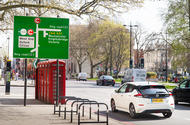The London ULEZ has expanded. If you drive in the capital, you need to know if your car is affected
London’s Ultra Low Emission Zone (ULEZ) recently expanded to encompass each London borough, meaning drivers of some older cars need to pay a fee to drive through the city.
Plans for the ULEZ were confirmed by then-mayor Boris Johnson in March 2015, when it was scheduled for introduction in central London in 2020. Johnson’s successor, Sadiq Khan, introduced a very similar scheme called the T-Charge in October 2017. This charged motorists £10 to drive vehicles that did not meet the Euro 4 emissions standard into the central London congestion charge zone between 7am and 6pm on weekdays.
The T-Charge was replaced by the ULEZ in April 2019, upping the fee to £12.50 and operating non-stop every day of the year except for Christmas Day.
On 25 October 2021, the ULEZ grew to encompass the area within the borders of the North Circular and South Circular arterial roads. Autocar reported in October 2022 that the expanded London ULEZ drew over £90 million in eight months, with an average of 1.9 million journeys made into the zone each month.
Almost two years after the initial expansion, on 29 August 2023, it grew again to cover all London boroughs – comprising most of the area within the M25 motorway, as well as Heathrow airport.
Plans to introduce a zero-emission zone in central London were shelved following the most recent expansion of the ULEZ.
How does the ULEZ work?
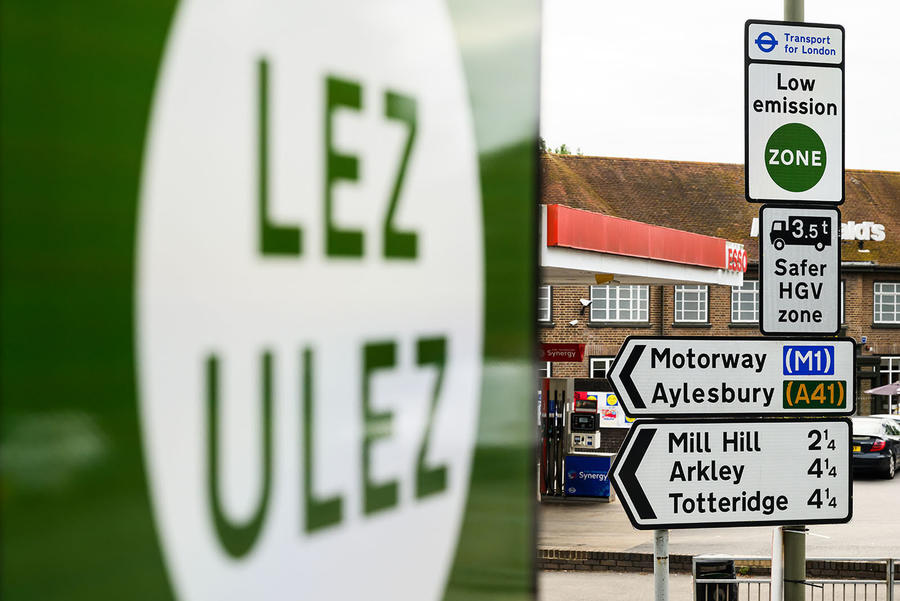
The ULEZ is one of many clean air zones in operation around the country. It currently uses a series of cameras at junctions and along major roads into London. These automatically read registration plates and reference them against a database to identify whether vehicles are, or are not, compliant with the required emission standards.
You can check to see whether a postcode is inside the ULEZ on the Transport for London (TfL) website.
If you drive a non-compliant vehicle into the ULEZ, you must pay the £12.50 fee by midnight on the third day following your journey. For example, if you enter the zone while commuting on a Monday morning, you must pay by 00:00 on the following Thursday.
![]()
You can also pay the ULEZ charge up to 90 days ahead of your journey, or set up automatic monthly payments for travel within the zone.
The only time of the year when the ULEZ is not operational is Christmas Day (25 December). It is active 24 hours per day for the rest of the year.
See below if you will have to pay to enter the zone in your vehicle, and how much you might be charged.
Can my vehicle enter ULEZ?
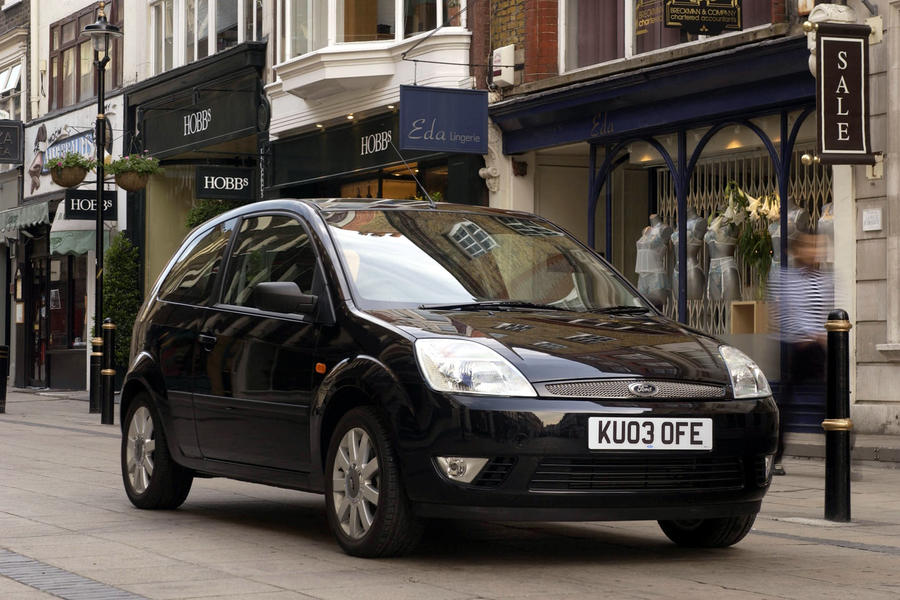
Petrol and diesel cars and vans, as well as motorbikes, are all held to different standards for compliance with the ULEZ.
Petrol cars must meet the Euro 4 standard for nitrogen oxide (NOx) emissions, emitting fewer than 0.08 grams of NOx per kilometre driven. Most petrol models registered as new since January 2006 (when Euro 4 came into effect) meet this benchmark, and a select few models produced before then are also compliant. For example, a 2003 Ford Fiesta fitted with the 1.4-litre Zetec engine is ULEZ compliant because it emits fewer than 0.08g/km of NOx.
Diesel vehicles must meet the Euro 6 standard for NOx and particulate matter (PM) emissions, requiring a car to put out fewer than 0.08g/km of NOx and 0.0045g/km of PM. Most diesel cars registered after September 2015 (when the Euro 6 rules began) are compliant, but there are a select few models made earlier that also meet the mark. These include Citroën C4 Picassos fitted with the 2.0-litre BlueHDi 150 powerplant and produced after November 2014, as well as Mk7 Volkswagen Golf GTDs (produced from August 2013 to 2020).
![]()
Some cars that significantly pre-date the introduction of these emissions standards also meet the requirements, but need you to obtain a certificate of compliance (CoC) from its manufacturer to prove it. You must then post a copy of the CoC and of your V5 to Transport for London (TfL) to have your individual vehicle registered as compliant. Owners of some Lotus Elise S1s (produced 1996-2001) have reported success with this method, for example.
Electric cars do not produce tailpipe emissions, so they are compliant.
How much does London’s ULEZ cost?
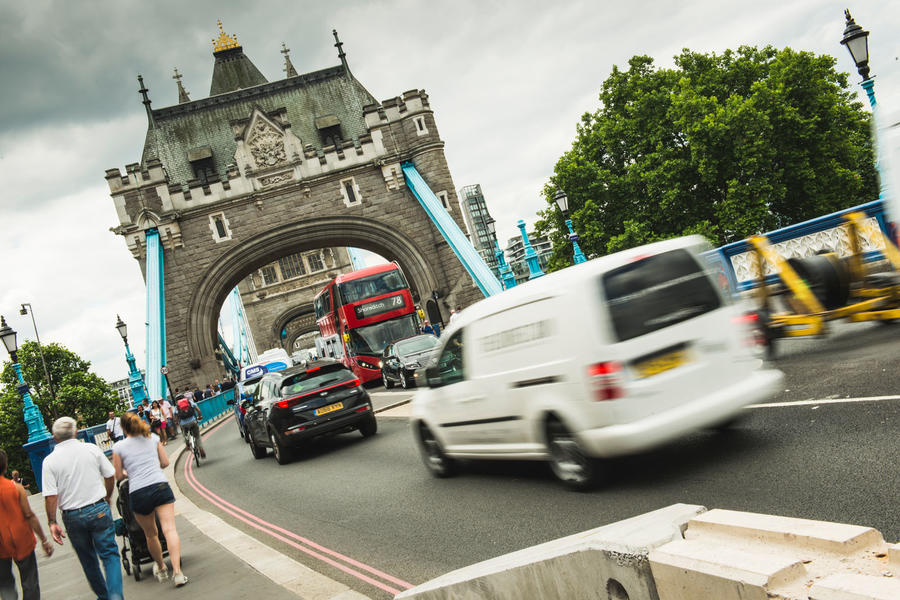
Driving a non-compliant car inside the ULEZ costs £12.50 per day. Charging days run from midnight to midnight, so if you entered the ULEZ at 10pm and left at 6am – working a night shift, for example – you would have to pay £25.00 because that is counted as two days within the zone.
Media reports suggest that, in the weeks since the expansion, TfL has been sending warning letters and waiving fines for unpaid fees, rather than issuing penalty charge notices. TfL chief customer and strategy officer Alex Williams told ITV News London that the letters suggest that recipients should switch to a cleaner vehicle or register for automatic payments, and that the discretion period will last “about four weeks” from the 29 August expansion.
The template for these warning letters has previously been made available online through freedom of information requests.
What is the ULEZ scrappage scheme?
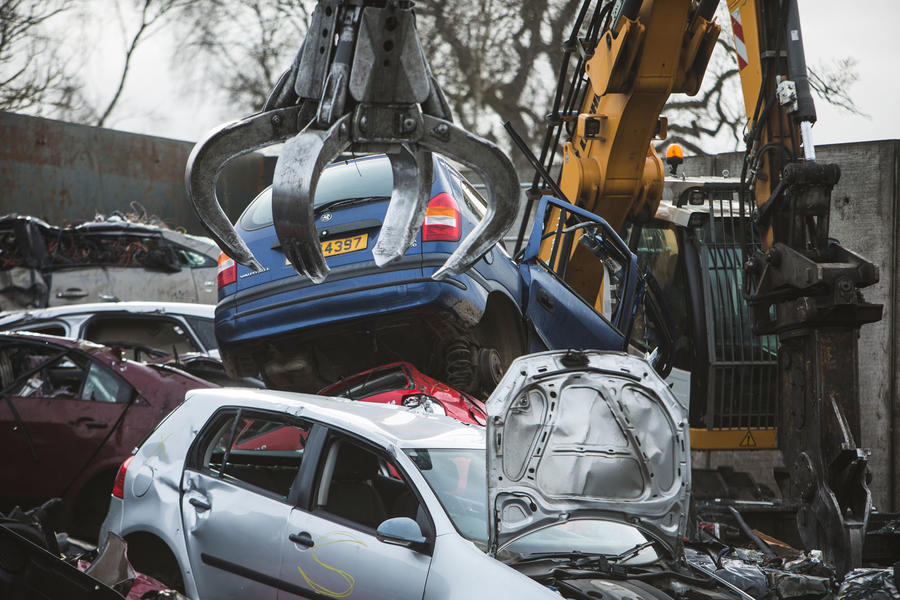
All London residents can now apply to receive £2000 from TfL for scrapping a car that does not comply with ULEZ standards.
For a successful application, you must live within one of the 32 London boroughs and have been the registered keeper of the vehicle since 30 January 2022 (or earlier). It must also be insured, taxed and have a valid MOT. You should evidence these with a copy of the V5 and a valid insurance certificate.
If your application is approved, you must scrap the vehicle at one of TfL’s approved treatment centres within one month. The centre will provide a certificate of destruction, which you should send a copy of to TfL as evidence of scrappage. Do not scrap the car until TfL has approved your application and told you to do so, because this is likely to bar you from receiving payment.
Once TfL has received and verified the evidence that you have scrapped your car, it will process the payment.
What cars are exempt from ULEZ?
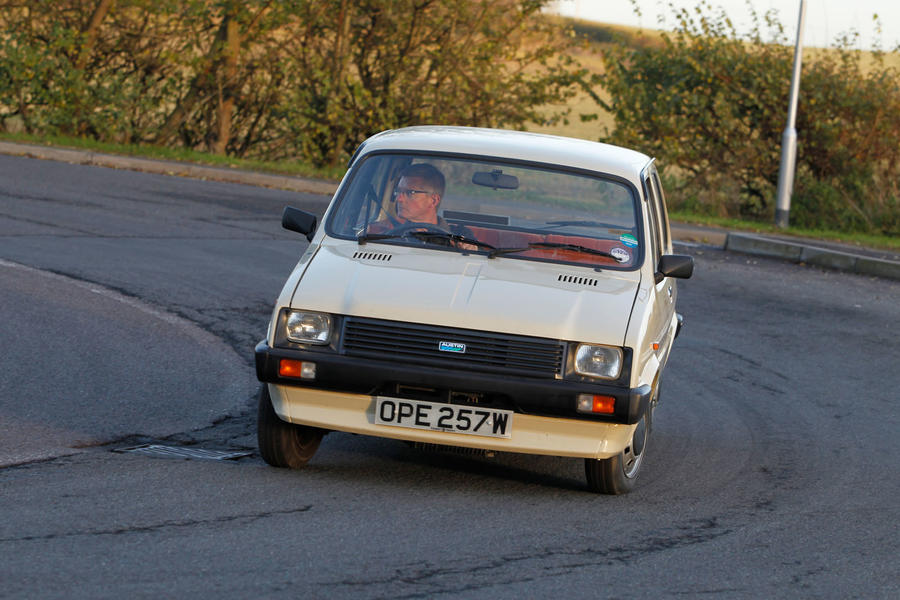
As detailed above, most petrol cars registered since 2006, and diesels registered since September 2015 are compliant with the ULEZ.
However, classic cars that qualify for the historic vehicle tax exemption – built more than 40 years ago and registered as such with the DVLA – are also exempt from paying the ULEZ charge.
Additionally, all vehicles built before 1 January 1973 are exempt from paying the charge.
If you’re looking to replace your car with something more modern for driving in the ULEZ, read our guide to the best ULEZ-compliant used cars.
Source: Autocar
